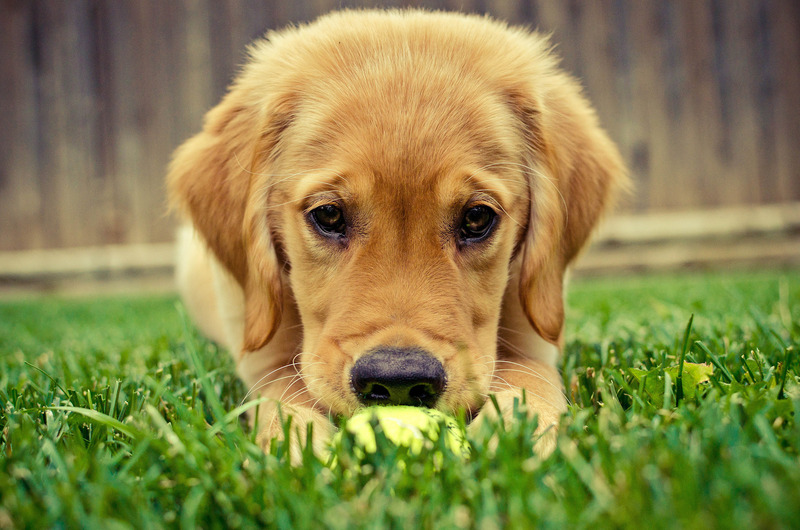The Local newsletter is your free, daily guide to life in Colorado. For locals, by locals.
In Colorado, we treat our pets like family—or sometimes, even better. From dropping $75 on all-terrain dog boots for hiking fourteeners to seeking out locally made, free-range bison treats (yes, really), we take every precaution to keep them comfortable and healthy. But pet parents could be overlooking a potential danger zone that’s right under their furry family members’ paws: their own backyards. That’s why, in partnership with local animal shelter the Dumb Friends League, this year’s Colorado Garden & Home Show (February 4 to 12) will feature a specially designed pet-friendly garden.
“I’m dealing with these kinds of adaptations all the time out in the field,” says Autumn Gold Landscapes’ Rich Hoverman, who created the garden for the show. “One of the most important things folks can think about when they’re landscaping is how their pets will interact with that landscape.” And, we’d add, how all the dashing, digging, and, um, defecating might affect human activities, such as gardening and outdoor entertaining, in the yard.

Hoverman recommends fencing off certain areas, like the veggie plot, as no-dog zones. Another popular option for those living in dense city neighborhoods is creating “runs,” which are sectioned-off areas (try it in a narrow side yard) for canines to get exercise while leaving the rest of the yard barbecue-ready. For feline fans, says Hoverman, the hot new trend is “catios.” These fenced-in patios—which range from window attachments to free-standing enclosures complete with ladders and tunnels—allow indoor cats to get fresh air and exercise without being tempted to run off and join the strays in the alley.
Whether you’re remodeling an existing landscape or starting from scratch, here are Hoverman’s top tips for making your yard more Fido-friendly:
1. Choose the right turf. To prevent unsightly brown spots or patches, pick grass that holds up. Dog Tuff is a hearty hybrid, similar to drought-tolerant buffalo grass, that’s specifically designed to withstand dog urine.
2. Avoid toxic plants. The ASPCA has a list of more than 400 plants that are harmful or deadly to dogs and cats. Some to watch out for: aloe, daffodils, berries, and anything in the yew family. Hoverman also warns against plants with thorns, which can cause eye or face injuries to curious canines.
3. Swap mulch for stones. Some types of mulch can be toxic to dogs, and small pieces are tempting to chew on and easily tracked into the house. When picking stones as a substitute, look for smooth pebbles, which are safer than jagged rock or granite.
4. Watch your edging. Steer clear of sharp steel edging around beds and pathways. Pick plastic or smooth metal to prevent cuts to soft paws.
5. Keep water features in check. Try a pondless waterfall to keep your pooch from lapping up standing water. Like an infinity-edge pool, it gives the effect of running water, but the liquid disappears into a rock bed in the ground.
For more tips, visit the pet-friendly garden at the Colorado Garden & Home Show, which is sponsored by the Colorado Garden Foundation. The show runs February 4 to 12 at the Colorado Convention Center, 700 14th St.; tickets are $12 for adults, $10 for seniors








